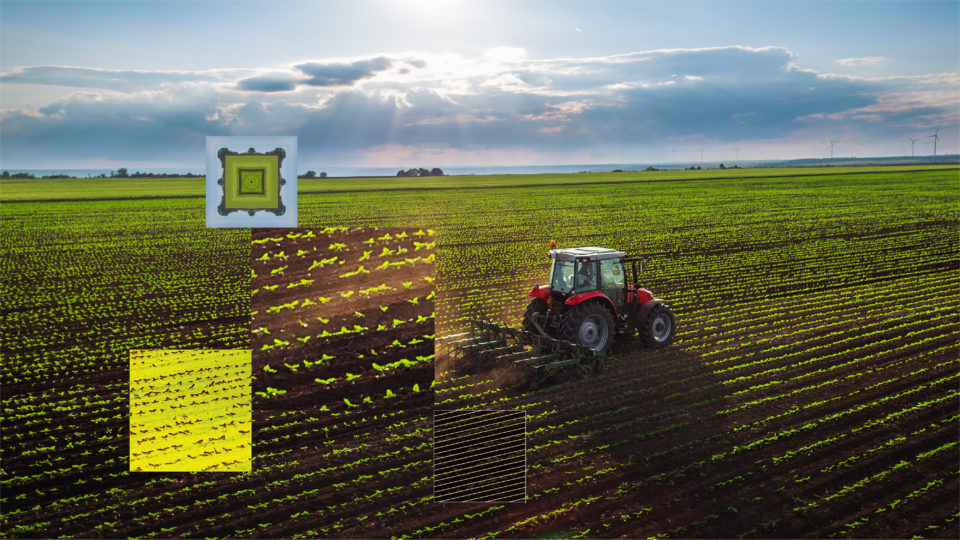This is one part of a four-part introductory series about autonomous systems. To learn more, read the rest of the series and the free e-book linked at the bottom of this post.
While innovations like automation, IoT and big data have made an indelible mark on manufacturing, these technologies can seem intimidating. For many modern manufacturers, the pursuit of technology requires either reskilling of existing operation professionals or hiring data scientists who are not familiar with industrial processes — both of which require a significant investment.
Technology is worth investing in, and it doesn’t have to be so overwhelming, thanks to solutions that don’t require retraining. Think of it as an evolution in innovation. Connected processes and control systems can support IoT data gathering that can feed predictive analytics to support human decision making. Predictive decision making can give you the foundation you need as you transition toward self-optimizing machines and accessible AI. And, by empowering engineers with accessible AI, manufacturers can harness autonomous systems to minimize the need for specialized skills and integrate AI into their workflows to optimize their most important operations.
Low-code AI for optimized control systems
Lowering the barrier to entry is the first step to leveraging AI in manufacturing. A low-code AI solution such as Microsoft’s Project Bonsai allows engineers themselves to quickly implement control and process optimization projects. The intuitive templates, universal simulation environments and user experiences within these tools minimize the data science burden for creating an AI model and instead allow engineers to build AI systems themselves. These new models are then safely validated inside a simulation before working in the real world.
Human-trained AI
Veteran engineers can feed their expertise directly into the AI agent that will be used to make decisions about the control system. Through a combination of lessons, goal setting and rewards, experts can pass along their knowledge to the model. This scalability extends to procedures like safety policies to help ensure compliance regulations are maintained and that site conditions consistently meet acceptable standards.
Understand and learn from your AI
With an autonomous system, engineers can create scalable, flexible and transparent AI solutions to support factory operations. This means organizations get total control over how the AI agent operates in a given environment, whether to assist new workers, advise seasoned veterans in more complicated scenarios or even act independently to make progress toward the plant’s goals. In other words, the AI solution doesn’t operate in a mysterious black box. Using black-box-free AI allows operators to easily understand why the AI made a specific choice, and to better respond to regulators, auditors and additional stakeholders.
Autonomous systems are a dynamic resource for manufacturers to enter the next generation of production. Autonomous systems promise to redefine the way humans and AI work together to optimize operations of even the most complex systems.
Read more about autonomous systems:
- Autonomous systems 101: Optimizing manufacturing processes with AI
- Why and how to build autonomous systems
- 3 reasons to bring AI-powered automation to your plants
- Free e-book Autonomous Tomorrow: Inside autonomous systems on the factory floor
- Sign up to receive more information about Microsoft Project Bonsai





